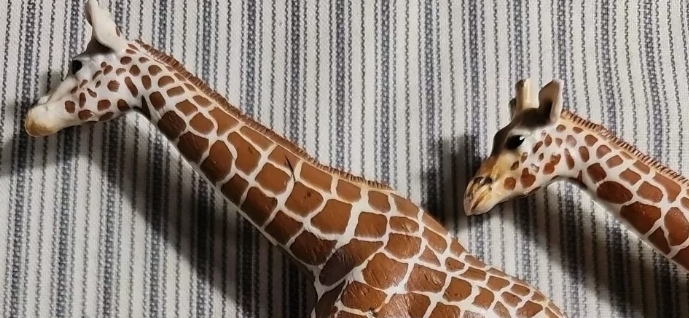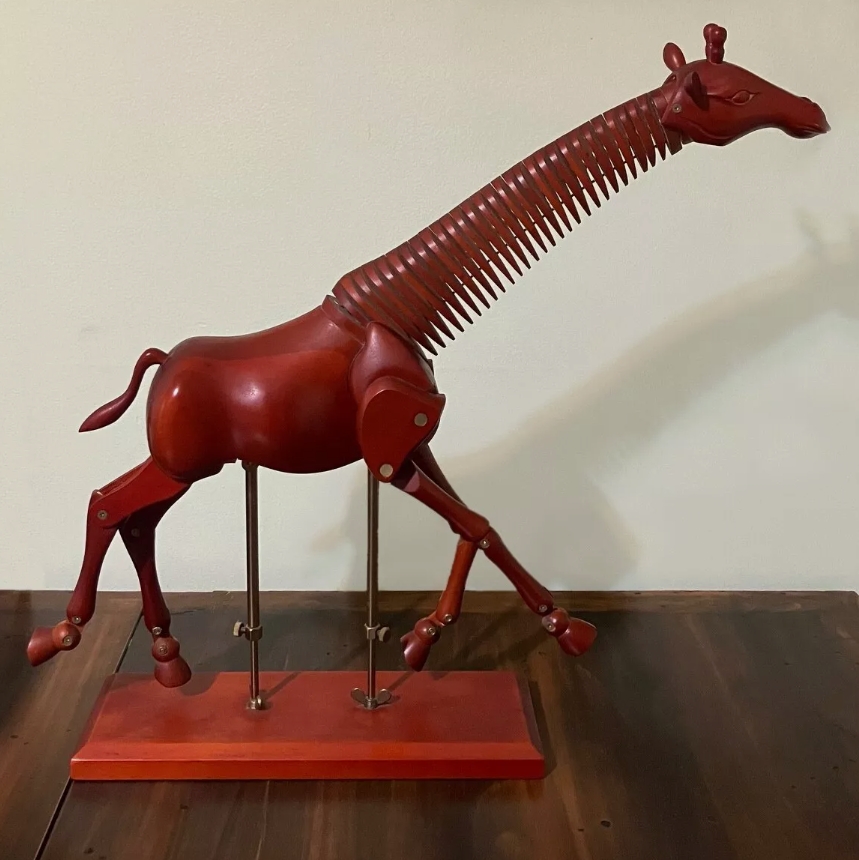The giraffe model is a unique theoretical framework that aims to explain and understand the different characteristics that organisms exhibit during evolution. Through in-depth analysis of the body structure and behavior characteristics of this particular species,the model provides a new perspective for biological research.
Giraffes are known for their distinctive long necks, a feature that has generated much discussion throughout their evolution. According to the giraffe model, the long neck is not only for obtaining food, but also closely related to the competition and reproductive strategy of the same species. The evolution of long feet and necks gave giraffes the freedom to reach higher foliage when foraging, ensuring a survival advantage when resources were scarce. The trait also plays an important role during the mating season,when male giraffes often compete with each other using the length and strength of their necks to show their superiority and attract females.
In addition,giraffes' long legs and height also provide some protection from predators,allowing them to quickly flee when danger strikes. The model emphasizes that the formation of these characteristics is closely related to the complex environment and ecosystem. The ecological niche of giraffes has given them different survival strategies from other animals,thus driving this very representative evolutionary process.
The giraffe model not only focuses on the evolution of a single species,but also provides implications for the study of ecology and behavior. Using this model,researchers can better understand how different species interact with each other and their roles in ecosystems. The application of this theoretical framework not only improves the understanding of biodiversity,but also provides a scientific basis for the protection and management of biological resources.




